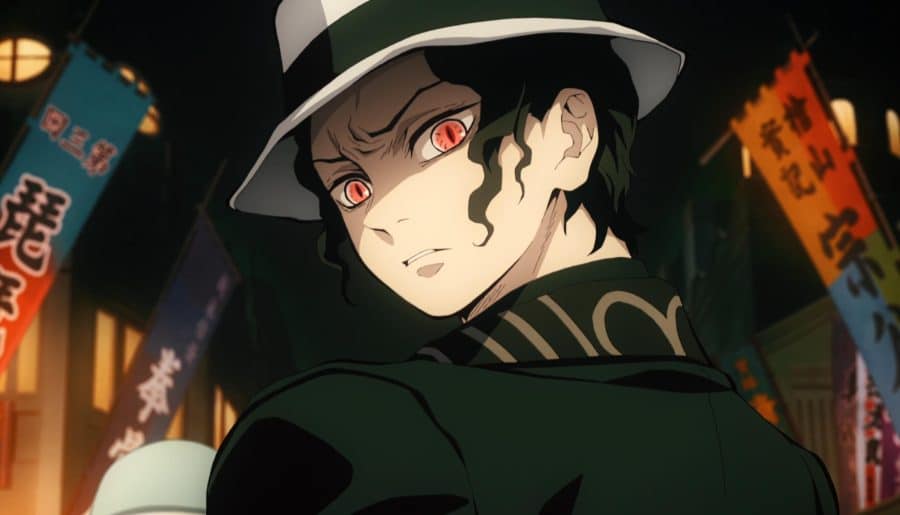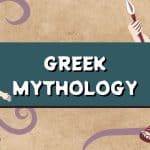Have you heard of the anime Demon Slayer: Kimetsu no Yaiba? If not, then you’re missing out on one of the most popular and thrilling anime shows out there! I’ve read and watched it, and I highly recommend it to you. Trust me. It’s a must-read/watch!
This Japanese manga series, written and illustrated by Koyoharu Gotōge, has been extremely popular worldwide because of its amazing storytelling, animation, and lovable characters.

It follows the story of Tanjiro Kamado, a young coal burner who decides to become a demon slayer after demons slaughtered his family. His younger sister, Nezuko, is turned into a demon herself. Because of this, Tanjiro sets out to find a way to turn Nezuko back into a human and hunt down and kill demons.
During his travels, he meets some friends and a very strong demon king named Muzan Kibutsuji, whom he swore would kill to avenge his family.
But did you know that the demon king was inspired by a powerful yokai from Japanese folklore?
Yes. Shocking, right?
I was surprised when I first learned about this fact, too!
According to Japanese folklore, Nurarihyon is a powerful and mysterious creature. He’s said to be the leader of all yokai and is highly respected by other demons. Nurarihyon can change his shape and has the power to control other yokai.
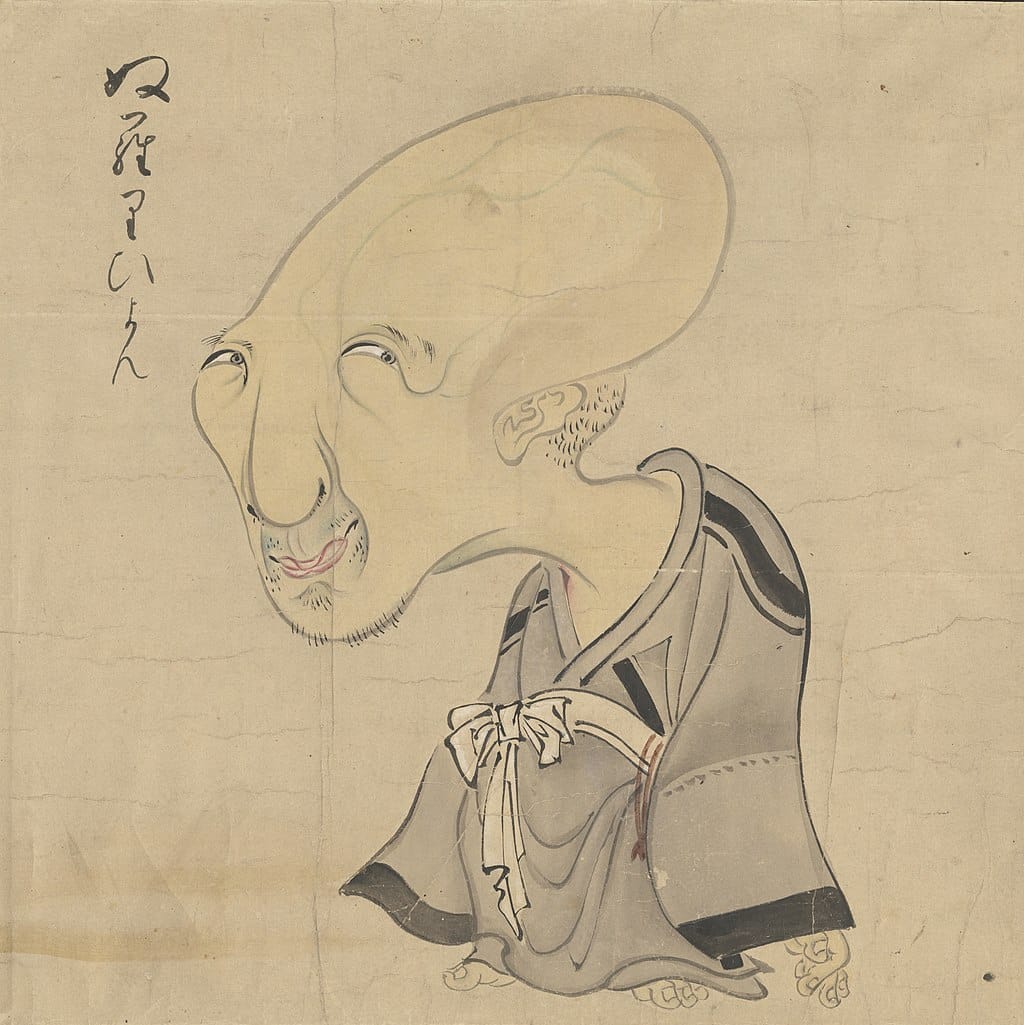
In Japan, Yokai refers to various supernatural creatures, including ghosts, demons, monsters, tricksters, shapeshifters, and other supernatural beings and mysterious phenomena.
Nurarihyon is commonly described as an old man with a large, gourd-shaped head who wears the kesa, or robes, of fully ordained Buddhist monks and nuns.
But he’s also often portrayed in Japanese folktales as a yokai who sneaks into homes when the people are not around to enjoy tea or other comforts without causing any harm.
He takes the family’s tea, tobacco, and other expensive items as if he owns the place. He has so much power that even the real owners of the house can’t do anything to stop him.
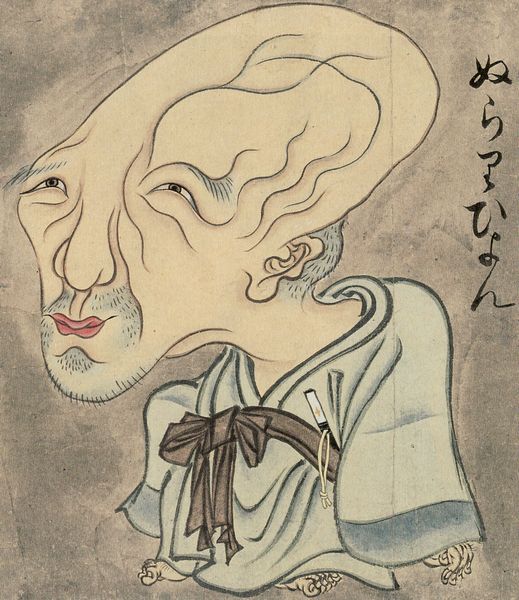
In fact, when they finally realize he’s there, they believe he’s actually the rightful owner of the house. When he leaves, the owners say goodbye to him politely and respectfully.
In other legends, Nurarihyon is linked to Umibōzu, a giant humanoid black figure of a yōkai from Japanese folklore.
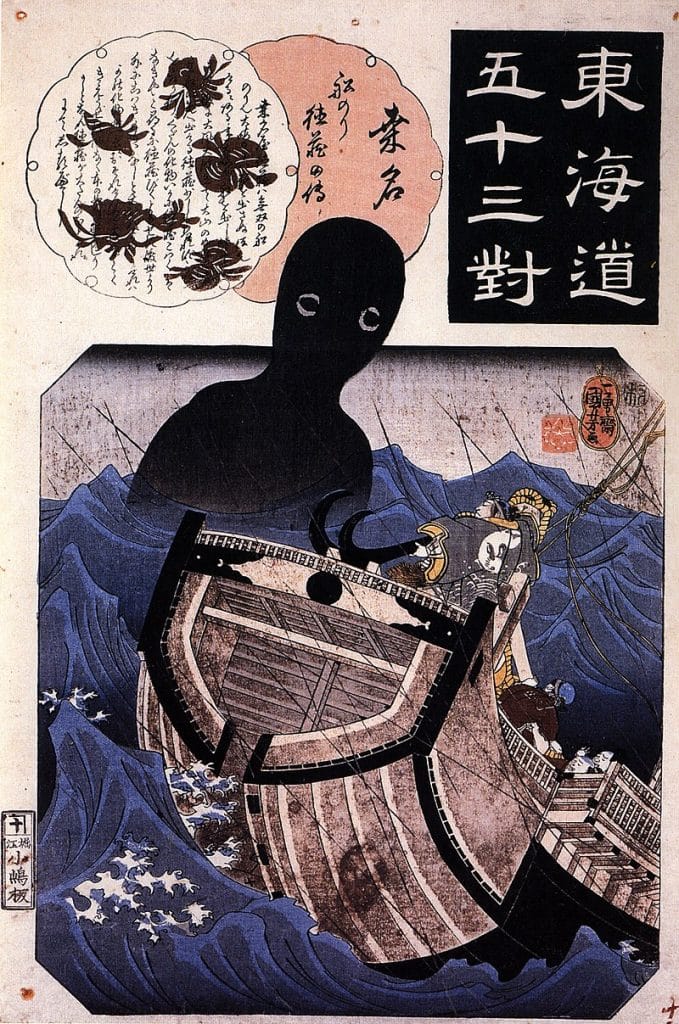
It’s said that he can often be found floating in the Seto Inland Sea. Whenever someone tries to catch Nurarihyon, he sinks and then floats back up repeatedly to tease people.
It’s believed that when people try to catch him, Nurarihyon slips away from their hands, making a “nurari” sound, and then floats up again with a “hyon” sound, which is why it got its name. In Japanese, Nurarihyon means “slippery gourd.”
But Nurarihyon has gained a reputation for being sly and cunning over time. He uses his ability to change shape and manipulate others to outsmart humans or other yokai.
As “the Supreme Commander of All Monsters,” Nurarihyon often travels in an ornate palanquin shown below carried by humans or yokai servants. He often visits various districts and sometimes stops by mountain villas, too.
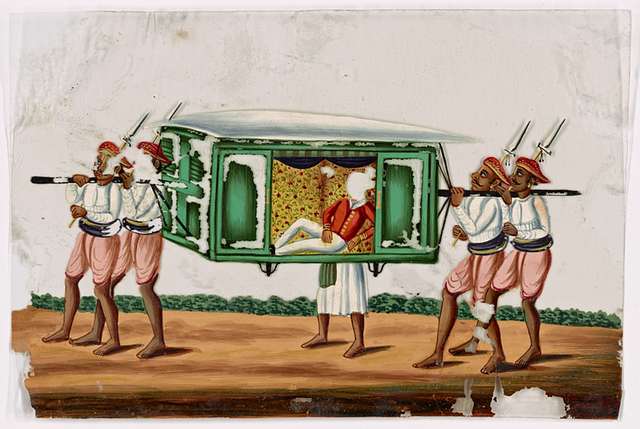
In all yokai gatherings, he is treated with utmost respect as the leader, and everyone listens. Along with other Japanese yokai like Otoroshi and Nozuchi, Nurarihyon leads the procession known as the “night parade of one hundred demons” through the streets of Japan on dark, rainy nights.
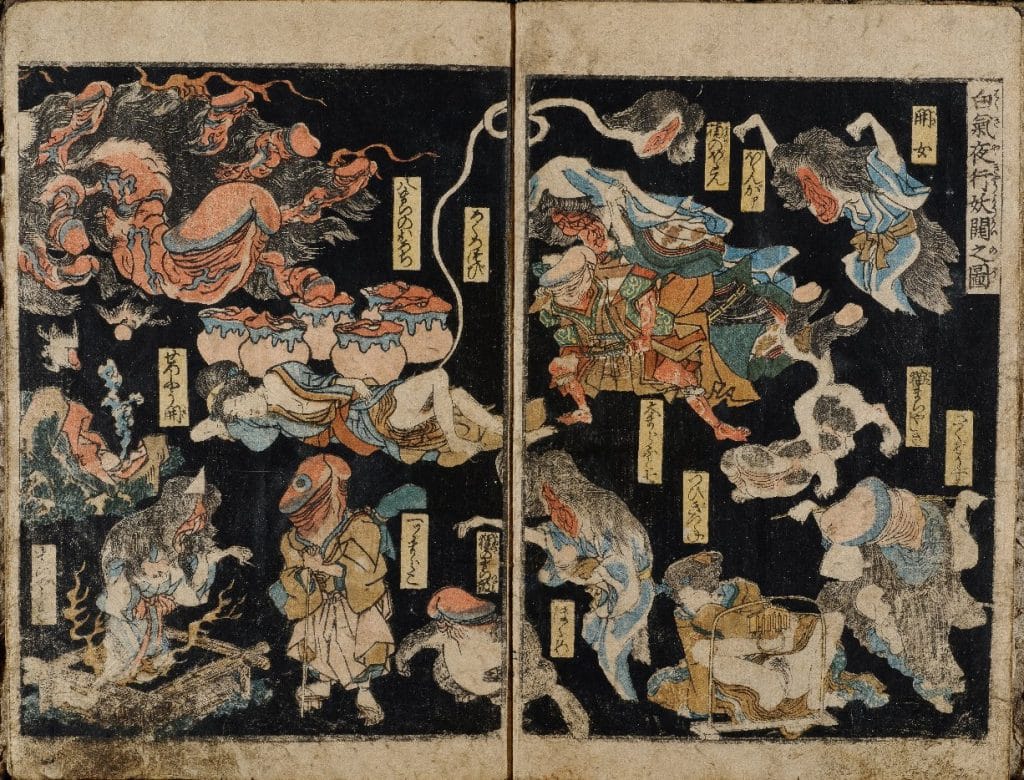
In the anime Demon Slayer, Muzan Kibutsuji, also known as the Demon King, was the first human to turn into a demon.
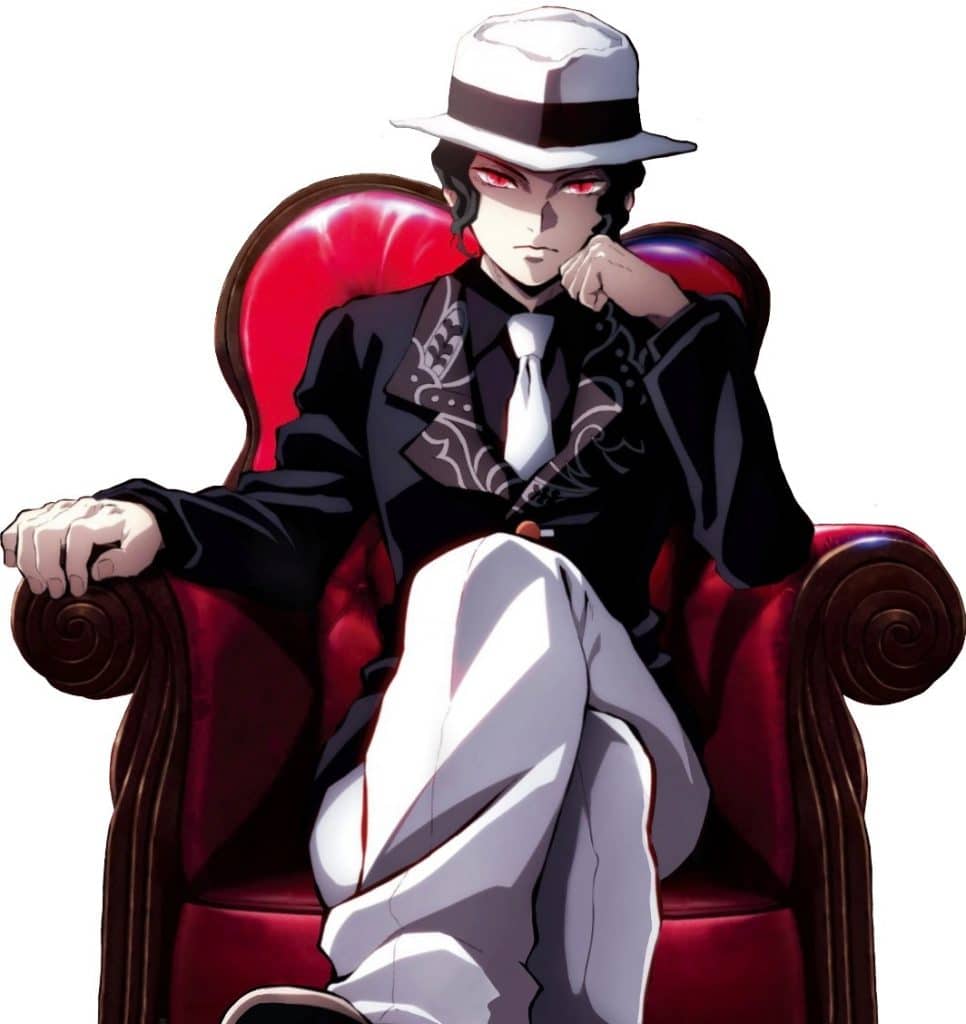
He is the ancestor of all demons and has the power to control anyone who drinks his blood and becomes a demon, except for a few. Muzan is the leader of the Twelve Kizuki, a group of the twelve strongest demons.
Both Nurarihyon and Muzan are leaders of their own kind, and they have loyal followers who respect them highly. Like Nurarihyon, Muzan can change his appearance and form, although he generally takes on the appearance of an ordinary man.
